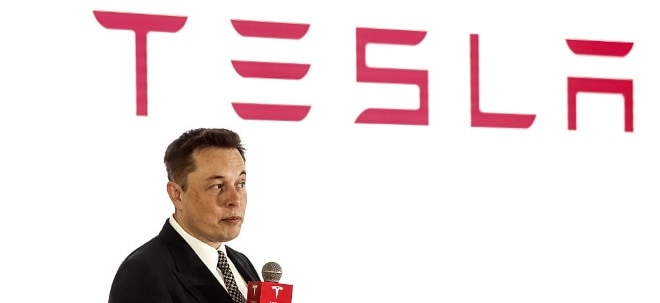James West reports from Salta, Argentina, on the flagship project of a Canadian junior company racing to put its lithium deposits into production
Earlier this week, my Argentinian adventures found me on a field trip with Millennial Lithium Corp. (CVE:ML) (OTCMKTS:MLNLF), arguably one of the most aggressive operators from Canada pursuing lithium mine development in Salta province. A group of roughly 20 wealth managers, fund managers, and financial journalists, (including a team from the Washington Post) travelled into the high Andes near the border with Chile to endure a walk on one of Argentina’s best known salars. What jolts you the most travelling to the heart of the lithium triangle is this: the number of salars that more than 20 companies are vying for is just 10. There are lots of small inconsequential ones that might become the product of latecomers to the game, but make no mistake: the big, high-grade salars that are relatively accessible (within an eight-hour drive of civilization) are small in number, but vast in size. Some of them have nearly 100 different owners. Millennial Lithium’s Pastos Grande, for example, is not completely 100 per cent its own. But importantly, it owns the heart of the salar, and one of the biggest parcels on it, at 5,500 hectares. Salars, which are essentially dried or drying lake beds in the depression formed by basins within the Andean Cordillera, are visually stunning examples of how nature alters the earth’s surface. The receding water over thousands (and in some cases, millions) of years has conspired with persistent high-altitude winds to form the surface into a uniform cell-shaped white crust. During the rainy season (summer, which is in the northern hemisphere’s winter months), the salars are blindingly white. In the dryer season, they become coated in the dust and sand that the winds swirl across the plains in giant clouds that sometimes render visibility to zero. Fortunately for our visit, the winds were persistent, but not overly strong, and the sun shone brightly in a vivid blue sky. Faces were sunburned, and the altitude caused discomfort for some. But the drive to Millennial’s site, while long, at four-and-a-half hours, was half on paved roads, and otherwise on relatively well-maintained gravel roads. We passed other major salars along the way, and Millennial’s country manager and Argentine subsidiary president Iain Scarr — a former Rio Tinto employee — explained the subtle and not-so-subtle differences among the salars. One’s understanding of what’s going on in the lithium triangle is best served by this type of journey, and Argentina, and Salta especially, are laser-focused on bringing the lithium industry onto the world stage and becoming a major source of this most important of battery metals. When we arrived at Pastos Grande, a drill rig and crew were in the final stages of set-up, and had we lingered an hour longer, we would have seen drilling actually begin. Millennial is planning to drill an initial four holes on Pastos Grande to confirm some of the past results from previous owners. The aggressive deal-making by Millennial’s management team on the ground here, and its astute cultivation of relationships with local operators, suggests there will be a stream of developments as the company puts its projects into production. In the days ahead, I am going to bring to investors’ attention some of the nuanced politics of the regional governments that will have a bearing on the successes of Canadian companies operating here, which must navigate some less-than-obvious channels to triumph in their pursuits.
|


 Thread abonnieren
Thread abonnieren

